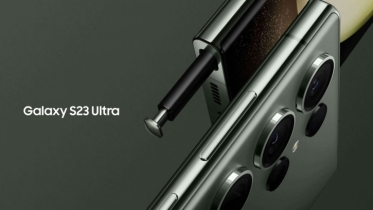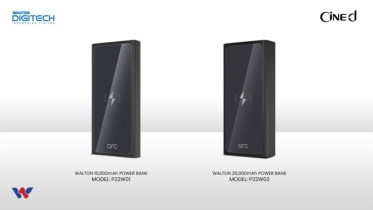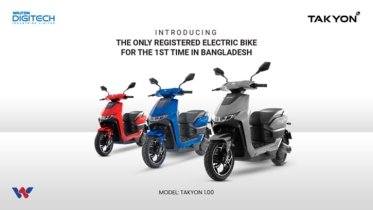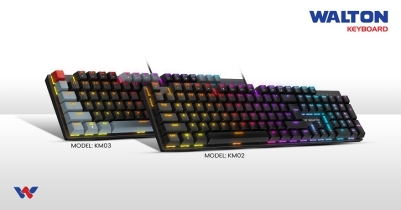Should you buy the new iPhone 12?
|| BusinessInsider
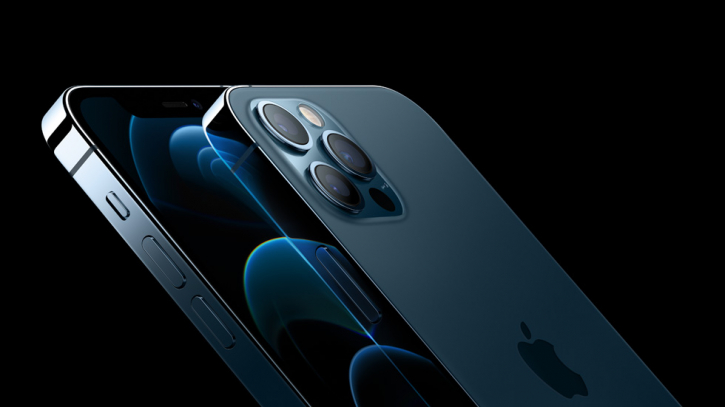
iPhone 12 Pro. Photo: Apple
It is not every day or month that Apple fans get to see a new iPhone. Unlike other phone manufacturers, Apple brings out its iPhones only once a year.
Staying true to its tradition, during an event on October 13 this year, Apple announced its brand new iPhone 12 phones. These come in four variants: the iPhone 12 mini, iPhone 12, iPhone 12 Pro, and the iPhone 12 Pro Max.
But do not make an impulsive purchase, as each phone comes with a hefty price tag; the base model of the iPhone 12 mini starts at $699, while the price of the 512GB iPhone 12 Pro Max goes as far as $1,399.
With so many options to choose from and the price of the previous generation iPhones dropping after the new release, is it worth spending so much money on a new iPhone?
To determine that, we have to consider what makes the iPhone 12 different from its predecessor — the iPhone 11.
Display
The first difference comes in the display. This year, every iPhone comes with Super Retina XDR OLED displays. Last year, OLED was only available on the Pro versions, while the standard one offered an LCD screen.
But unlike some other flagships, Apple did not deliver a 120Hz refresh rate on any of the variants, opting instead to stay with the usual 60Hz refresh rates as it was rumoured prior to the release.
According to Toms Guide, the concerns over battery life might have been the reason behind this omission of a higher refresh rate.
With all the new iPhones supporting 5G, which will most definitely turn out to be power-hungry, concerns over battery life are very much understandable at this point.
New phone, new processor
All of the iPhone 12s come with Apple’s new A14 Bionic processor. While they claim it to be the fastest mobile processor at the moment, they were also able to reduce the size of the chip to 5nm, compared to 7nm in the A13 Bionic processors.
 During the Apple event on October 13, the company said A14 Bionic will be 50 percent faster than last year’s A13 Bionic processor.
During the Apple event on October 13, the company said A14 Bionic will be 50 percent faster than last year’s A13 Bionic processor.
Camera
It is no secret that iPhones can produce some of the most stunning photos captured by mobile phones. And there is a good reason for it.
With every release, the cameras get a significant upgrade. This year, the regular 5.4-inch iPhone 12 and the 6.1-inch iPhone 12 will offer two lenses once more, and the iPhone 12 Pro and iPhone 12 Pro Max have three cameras, plus a new LiDAR scanner.
LiDAR stands for Light Detection and Ranging. It uses infrared and ultraviolet light to map out the environment around it. Apple claims that this will help the cameras to capture better photos, put video effects, and precise placement of AR (Augmented Reality) objects within the frames.
The video department showed some stunning improvements as well. Apple says that the iPhone 12 Pro is the first phone to be able to record in Dolby Vision HDR.
Final verdict
Battery life in the newer iPhones is expected to be better than the previous ones. With 5G not being ready yet, a move from LCD to OLED will most likely provide users with a slightly better battery life.
But we would recommend you to go for the newer iPhone only if you capture lots of photos and videos since these are the sectors where Apple truly shines.
 Now, if your primary intention is to get a 5G smartphone, this might not be a good time to go for a new phone yet since the technology is still evolving and it will take a good amount of time for 5G to be available everywhere.
Now, if your primary intention is to get a 5G smartphone, this might not be a good time to go for a new phone yet since the technology is still evolving and it will take a good amount of time for 5G to be available everywhere.
If you are a regular user looking for a decent phone with a decent camera, the base model of the iPhone 11, starting at $599 will most likely be able to meet your needs.
The iPhone 12 will be worth the money you spend only if you can get the most out of its camera.

